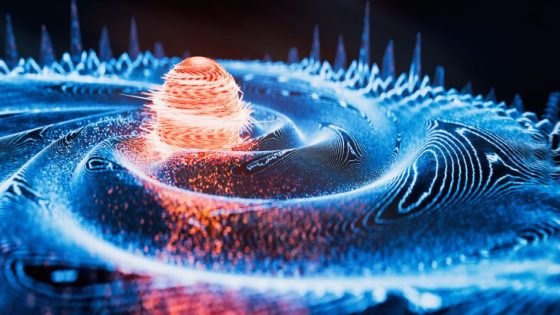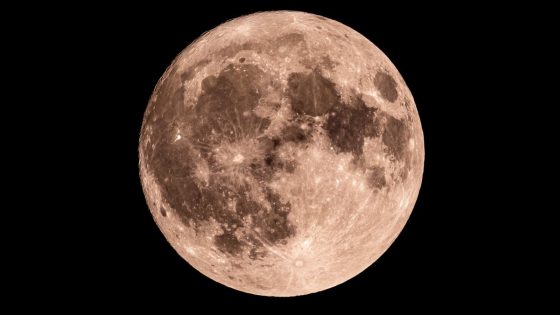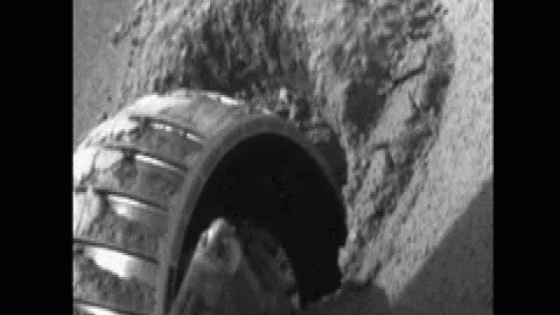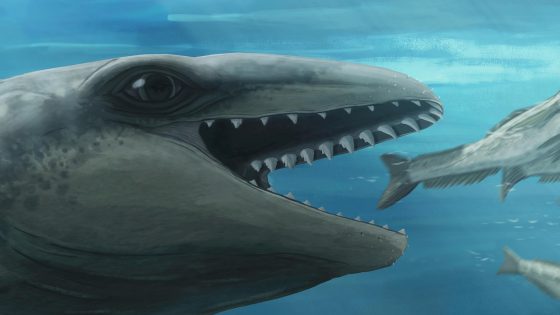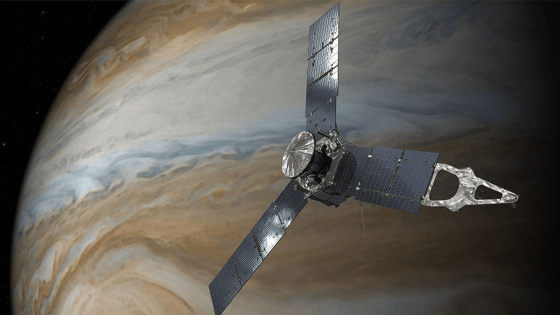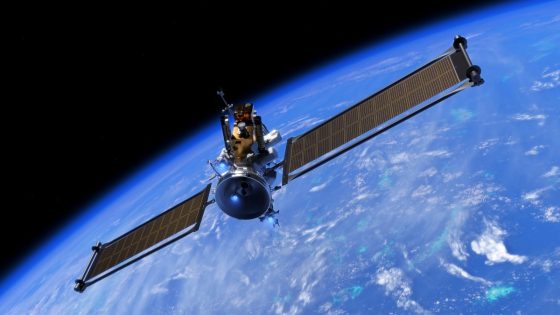NASA’s recent Mars habitat simulation has provided groundbreaking insights into the psychological and physical challenges of long-duration space missions. For over a year, four volunteers lived in a 3D-printed habitat, testing life on Mars while balancing scientific rigor with leisure activities. This experiment, which concluded on June 25, 2023, sheds light on how humans can thrive in isolation.
- NASA's CHAPEA mission tested Mars-like conditions.
- Volunteers lived in a 3D-printed habitat.
- Leisure activities helped manage stress and isolation.
- Strategy games enhanced cognitive skills and morale.
- Future missions will integrate lessons from simulations.
- Balance between work and play is crucial.
The CHAPEA program aimed to replicate Martian conditions, including limited resources and communication delays. Participants engaged in various leisure activities, such as video games, to alleviate stress and maintain mental health. This unique blend of work and play is crucial for preparing astronauts for future missions to the Red Planet.
This simulation raises important questions about human adaptability in extreme environments. How do we ensure astronauts remain mentally fit during prolonged isolation? The findings suggest that incorporating leisure activities can significantly improve cognitive function and morale. Consider these key points:
- Leisure activities help mitigate stress and boredom.
- Strategy games enhance cognitive skills and decision-making.
- Understanding psychological resilience is vital for future missions.
As NASA prepares for its next CHAPEA mission in 2025, the lessons learned from this simulation will shape the future of human space travel. How will these insights influence the design of Martian habitats and the well-being of astronauts on their journey to Mars?






